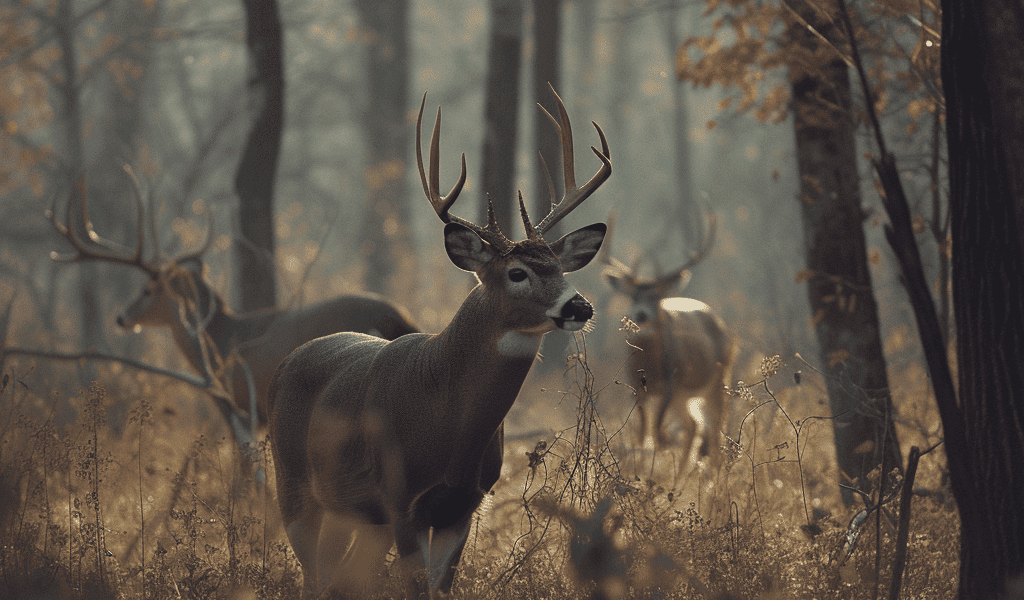An area in Ohio has been experiencing an expansion of a fatal deer disorder, known as chronic wasting disease (CWD). The implications for the future of deer hunting remain uncertain, although hunters appear largely undeterred by the development. While there is currently no conclusive evidence of CWD transmission to humans through consumption of infected deer, the possibility of encountering an infected deer while hunting is on the rise.
The first cases of infected deer in Ohio were identified in 2014 within a confined facility, with subsequent outbreaks occurring among captive deer. However, no instances of transmission to the local wild population were detected. The situation took a more concerning turn in late 2020 when a mature wild buck tested positive for CWD near Killdeer Plains Wildlife Area in Wyandot County. Subsequently, a doe from the same area was also found to be infected in January 2021.
Efforts to control the spread of CWD were implemented, but by March 2023, the Ohio Division of Wildlife reported a total of 22 infected deer in southern Wyandot and northern Marion counties. The spread extended further, with 16 new positive cases in 2023 spanning Hardin and Allen counties. Notably, a contaminated deer was discovered near the Union County line in Marion County.
Chronic wasting disease has been a longstanding issue in North America, initially traced back to captive mule deer in Colorado in 1967 before being identified as a form of transmissible spongiform encephalopathy (TSE) in the 1970s. TSE, caused by a prion protein, has posed significant health risks to humans, livestock, and certain wild species, including Creutzfeldt–Jakob disease in humans, scrapie in sheep, and





